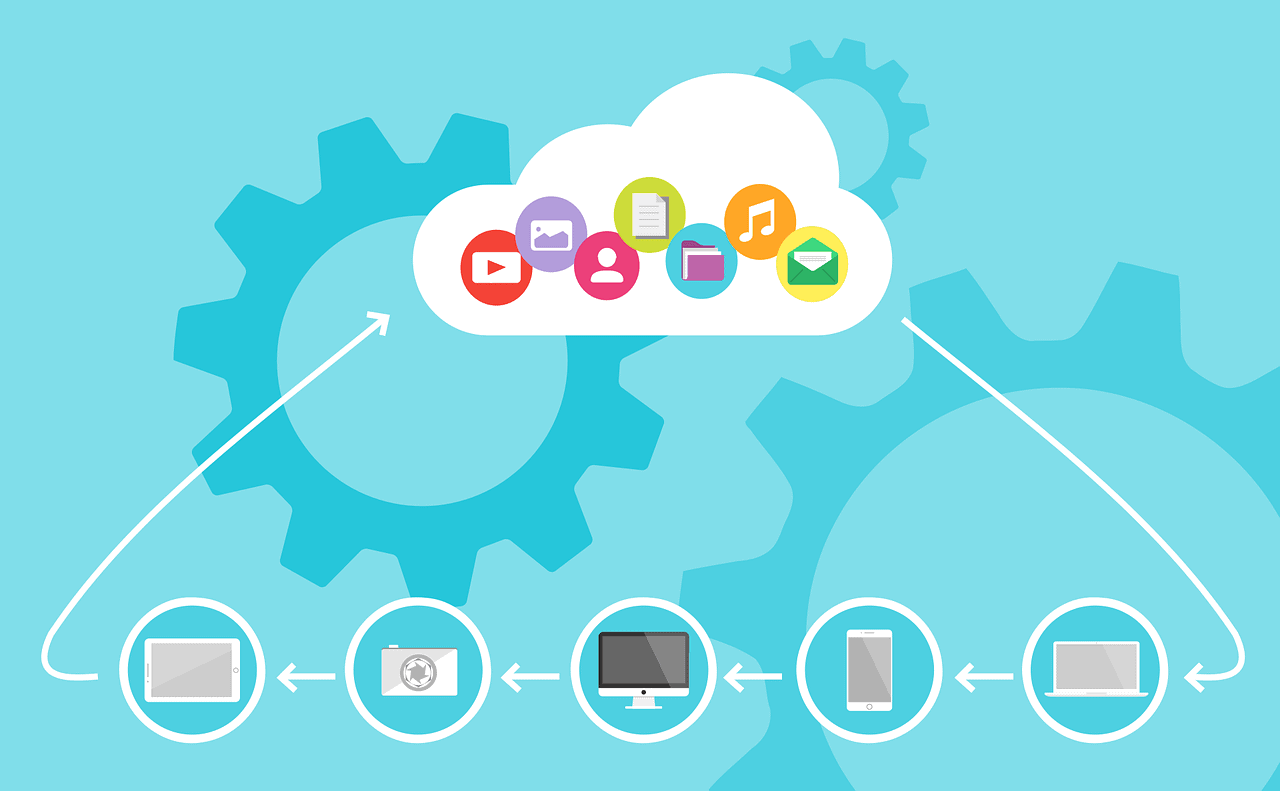For some time, cloud native has been one of the most frequently discussed topics in software development. Some developers call it a hype, which will lose attention and disappear after a while. For others, it is the future of software development.
What is Cloud Native?
The Cloud Native Computing Foundation (CNCF) is an organisation, which aims to develop and further programming paradigms. It defines cloud native as an approach, which builds software applications as microservices and executes them on a container-based as well as dynamically orchestrated platform to utilise the benefits of cloud computing. In short, the term cloud native describes all applications, which were already tailored during the design stage for use in the cloud.
How does Cloud Native work?
The applications are built as a system of interlinked microservices. These are packed into a container, together with everything needed for their execution. Microservices work together to guarantee the overall functionality of the system. Each microservice executes exactly one functionality, it has a clearly defined limit and API (Application Programming Interface). This approach simplifies reproducibility, transparency and resource optimisation
Benefits of the Cloud Native Approach
The main benefit of this approach is that the application is executed independently of the environment and that the containers are very portable. The containers can be run in development, test or production systems. If the application design supports horizontal scaling, then several instances of a container can be started or stopped. System monitoring and balancing of the load between application instances can be done manually, but this approach is too slow and requires too much effort. Different orchestration solutions such as Kubernetes, Apache Mesos and Amazon ECS were designed for this task.
The cloud native approach increases agility of the developer teams by partitioning an application in several smaller parts, which can be created independently, automatically tested as well as deployed, without impacting on other parts of the application. In a monolithic application the improvement of a part of the code often requires changes on another one. This close coupling within a single code basis generally leads to fewer and riskier software releases.
Characteristics of Cloud Native Applications
Applications consist of several services: What appears to the end user to be a single application, for example a Software-as-a-Service (SaaS) HR application or a music streaming service, is actually provided by a group of individual services. Clients interact with the application as a whole, typically via a single API.
Every service is elastic: This means that every service can be scaled independently of other services. Ideally, scaling is done automatically based on the load or other defined triggers. The costs for cloud computing are generally based on usage and the ability to dynamically manage scalability in a granular way. Cloud native applications enable an efficient and cost-optimised use of the underlying resources.
Every service is resilient: This means that every service has high availability and can overcome infrastructure failures. This characteristic limits the error rate of the application due to software errors or hardware problems.
Every service is composable: Services are designed in such a way that they can be part of other applications. Every service has at least one API (Application Programming Interface), which is unified and recognisable and can also show defined behaviour patterns for registration, recognition and requirements management.
Opportunities and Risks of the Cloud Native Approach
The deconstruction of an application model into small discreet functional units provides developers and Ops-teams with the required flexibility to approach large problems in a lean and agile way. Specific functionalities or data sources are made available via an API and can be added, updated or repaired without having to rewrite, retest and newly implement the complete application. Therefore, applications can be quickly adapted to changing business requirements, technological changes or innovations.
The risks of the approach do not differ from other cloud applications. Here companies should also select a reliable service provider, offering 100 percent service and data security reliability.
A Look into the Future
Cloud native is an increasingly popular approach to create and run applications, which use the benefits of the cloud computing model. The cloud has newly defined the competitive landscape in almost all sectors. Companies no longer have to invest in an expensive IT infrastructure with high capital investments and large numbers of staff. Cloud applications enable a flexible adaptation of the company IT to current changes and requirements. The future proceeds according to the Pay-as-you-go principle in line with contracted services.
Lower IT expenditure and the use of open source software solutions as part of the cloud native approach ensure a lower entry threshold and therefore enable young and innovative ideas to enter the market as well.
Image Sources:
- Image 1: © JuralMin | pixabay.com
- Image 2: © Glenn Carstens-Peters | unsplash.com
- Image 3: © Geralt | pixabay.com



